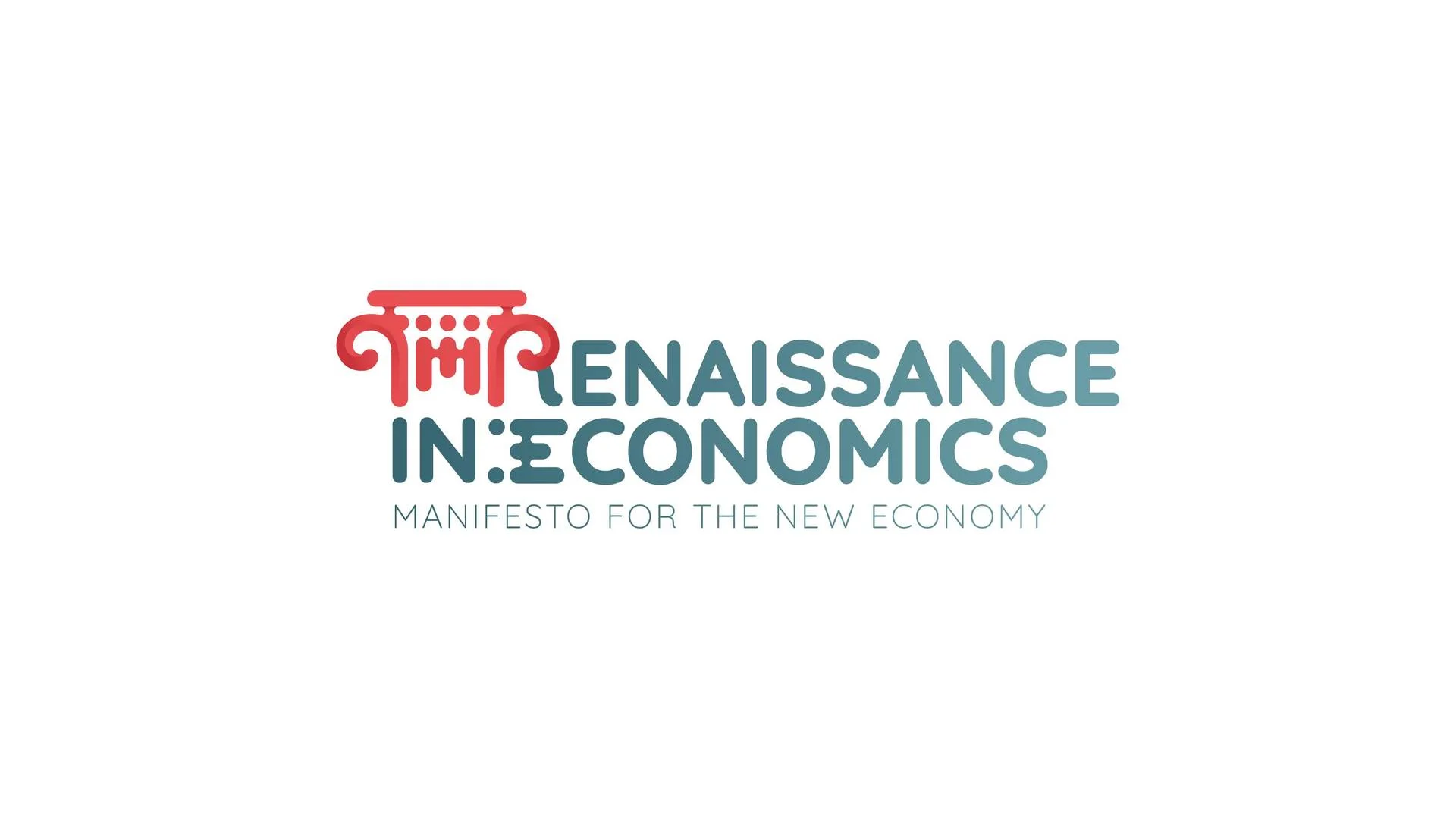
Promoting Diversity in Economics
How to improve diversity in an economics department - a reflection
Read a summary using the INOMICS AI tool
Economics is a popular major in the US, but relatively few women and historically underrepresented minority students choose it as their field of study. This reality is reflected in stagnant US graduation trends; women earn approximately 30% of bachelor’s degrees in economics, and Black, Hispanic, and Native American students earn less than 15%.
It is important to have a diverse classroom in economics, because it brings richness in intellectual exchange, and because economics deals with contemporary policy issues that affect everyone – not just the visible majority. In the economics department at St. Lawrence University, a small liberal arts college in upstate New York, we considered ways to increase the diversity of our majors while improving the professional climate in our department.
We developed our diversity plan in the academic year 2021-2022 and immediately started work on implementation. This brief reflection on our comprehensive approach to diversity offers some advice to academic departments who are looking to make a difference.
1. Acknowledge the problem but highlight existing strengths
Before investing in diversity initiatives, it is important to conduct an honest assessment of the status quo. Using institutional data from 2011 to 2015 curated by the Federal Reserve Bank of New York, we took a critical look at the demographics of our majors and found that women tend to major in economics at lower rates, both at St. Lawrence and in our “New York 6” liberal arts college peer group.
However, 21.7% of African American men at St. Lawrence major in economics, more than twice the rate of any other school in the peer group. St. Lawrence also has much higher rates for Asian American men (31.3%) and Asian American women (14.8%) than similar schools. While women remain underrepresented among our majors (5.6% of white women and 3.9% of minority women study economics at St. Lawrence), racial minorities tend to choose economics as their major at relatively higher rates and this is something to be recognized.
Economics is a global profession. According to the 2020 NSF Survey of Earned Doctorates, 56.6% of US doctoral recipients in economics were temporary visa holders. Likewise, our department contains economics professors from six different countries. To capitalize on this strength, we developed a learning goal centered around understanding inequities in both the United States and abroad, a focus that will expose students to international perspectives on economic issues.
We also found that faculty in our department teach diversity or equity content in 10 regularly offered courses, including topics related to discrimination, income inequality, and how macroeconomic policy impacts different demographic groups. This provides a strong starting point for integrating these issues more broadly into our curriculum.
2. Start small
The lack of diversity in economics can seem overwhelming, but starting small helped our department build momentum. We first focused on things we could do right away, such as updating our website imagery and building a Diversity, Equity and Inclusion tab that provides our department’s diversity statement and resources for both faculty and students. We also expanded our elective course offerings to include the economics of gender, immigration, and the Chinese economy to attract students from a variety of backgrounds and better utilize faculty expertise.
Further, by using our existing research seminar series, we invited a speaker to discuss gender pay disparities. We were also able to support the founding of the Women in Economics Club, a student organization that focuses on professional development, financial literacy, and creating an inclusive environment for students of all genders. These simple efforts garnered support from across the university, encouraging us to continue working towards larger aspirations.
3. Approach the issues from different angles
Diversity issues that impact our students are inherently linked with issues that affect faculty, and vice versa. In recent years, the economics profession has faced a reckoning in response to a long-standing culture of bias and discrimination.
We recognize that these issues in the broader profession affect all departments and understand the importance of proactively maintaining an environment that is welcoming to all. Specifically, we considered the challenges faced by international faculty and are exploring ways to improve tenure-track faculty mentoring across diverse cultural backgrounds. In fact, foreign-born faculty in our department may play an important role in improving the diversity of our undergraduate majors as they include both women and people of color.
Recent research suggests that students are more likely to select economics as their major if they learn from a faculty member who looks like them. Therefore, fostering an inclusive environment for existing diverse faculty can also improve student outcomes, especially for students from underrepresented backgrounds.
4. Expect challenges
There are many challenges with promoting diversity initiatives. We learned to expect resistance and to respond, not with discouragement, but with careful reflection and improved communication.
Resource limitations can be difficult to overcome, and that is why it is useful to take advantage of outside programs. We developed a relationship with the University of Chicago’s Expanding Diversity in Economics Summer Institute, a workshop for undergraduate students aimed at increasing diversity in the profession. Last summer, two St. Lawrence students participated in this competitive and prestigious opportunity, where they engaged in skill developing coursework taught by top scholars in the field.
Diversity and inclusion work also includes taking risks, because not every effort will be effective. For example, a recent study indicates that “light-touch” interventions or “nudges” such as e-mail messages with basic information on the economics major do not increase the probability that female students will go on to study economics. Our knowledge about what works continues to evolve, but if we expand our efforts across many dimensions, we are more likely to be successful.
5. Document your efforts
We found it important to outline our diversity initiatives in writing to encourage commitment, to foster transparency, and to think tangibly about our efforts. We developed a comprehensive strategic plan that contains concrete steps, responsibilities, and timelines for putting the department’s goals into practice.
Documenting efforts can also make it easier to apply for external funding or to prioritize existing resources. It also helps ensure that goals are feasible, assessable, and forward-looking. Importantly, we should recognize and codify diversity work as a valued service in the economics profession.
We have already observed student interest in diversity issues in response to our plan of action. A course on the economics of gender, offered in spring 2022, filled on the second day of registration with several students requesting a spot on the waitlist. At our university’s student activities fair, 80 students signed up to receive information about our Women in Economics Club.
While this is promising, it will take time for the benefits of our efforts to be fully realized. We need to be comfortable with the fact that diversity work will be ongoing and requires persistence, resilience, and pragmatic solutions.
Header image picture credit: Pixabay.com
-
- Postdoc Job
- Posted 3 days ago
Postdoctoral Researcher in Empirical Microeconomics (m/f/d)
At Düsseldorf Institute for Competition Economics (DICE) - University of Düsseldorf in Düsseldorf, Germany
-
- Assistant Professor / Lecturer Job
- Posted 2 weeks ago
Full-time assistant professor position in economics with a demonstrated interest in environmental economics
At University of Namur in Namur, Belgium
-
- Workshop, Conference
- Posted 1 week ago
Call for Papers: 3° International Conference Renaissance in Economics 2026
Between 14 May and 15 May in Rome, Italy














